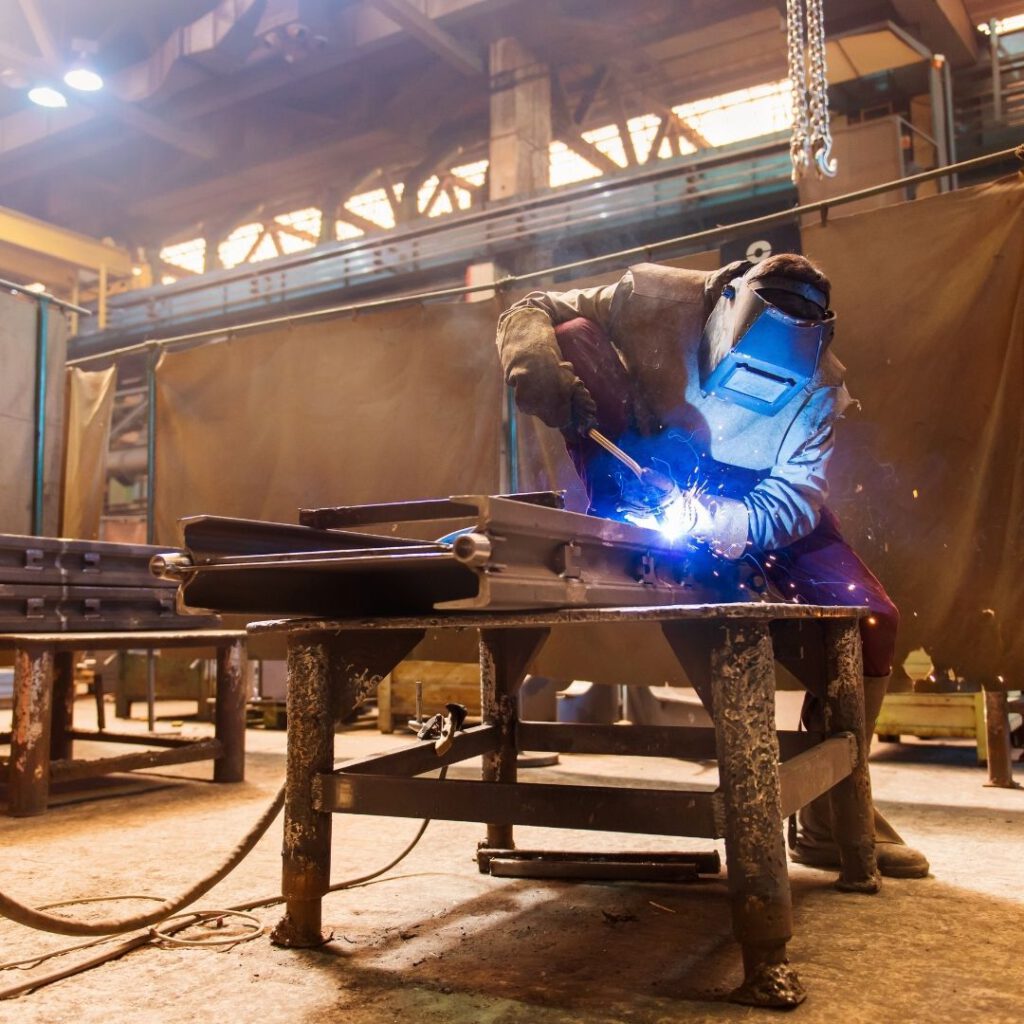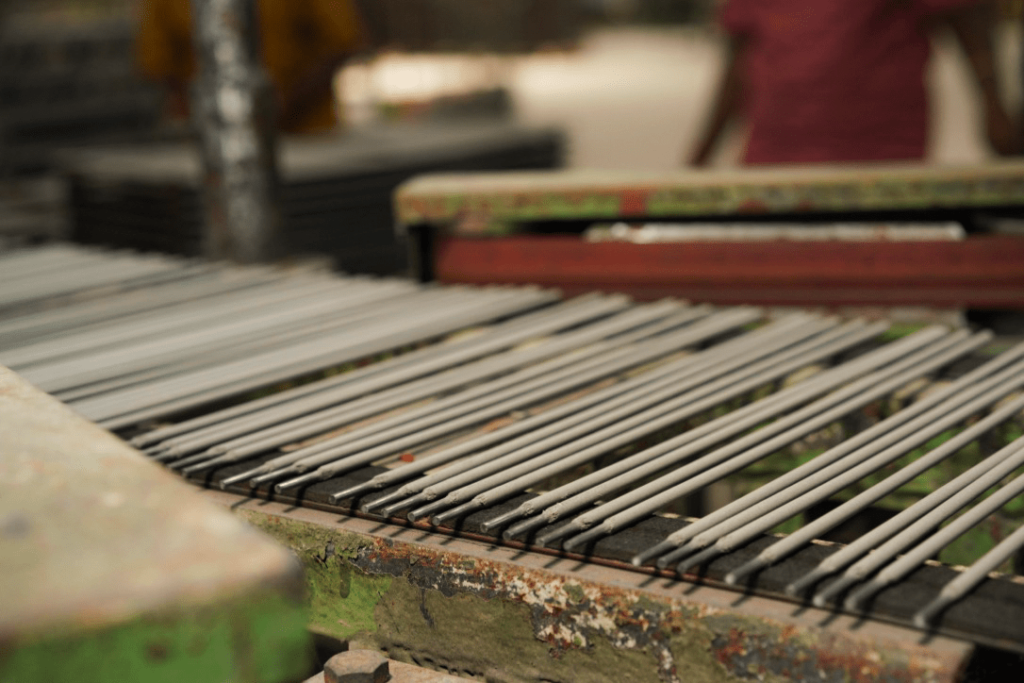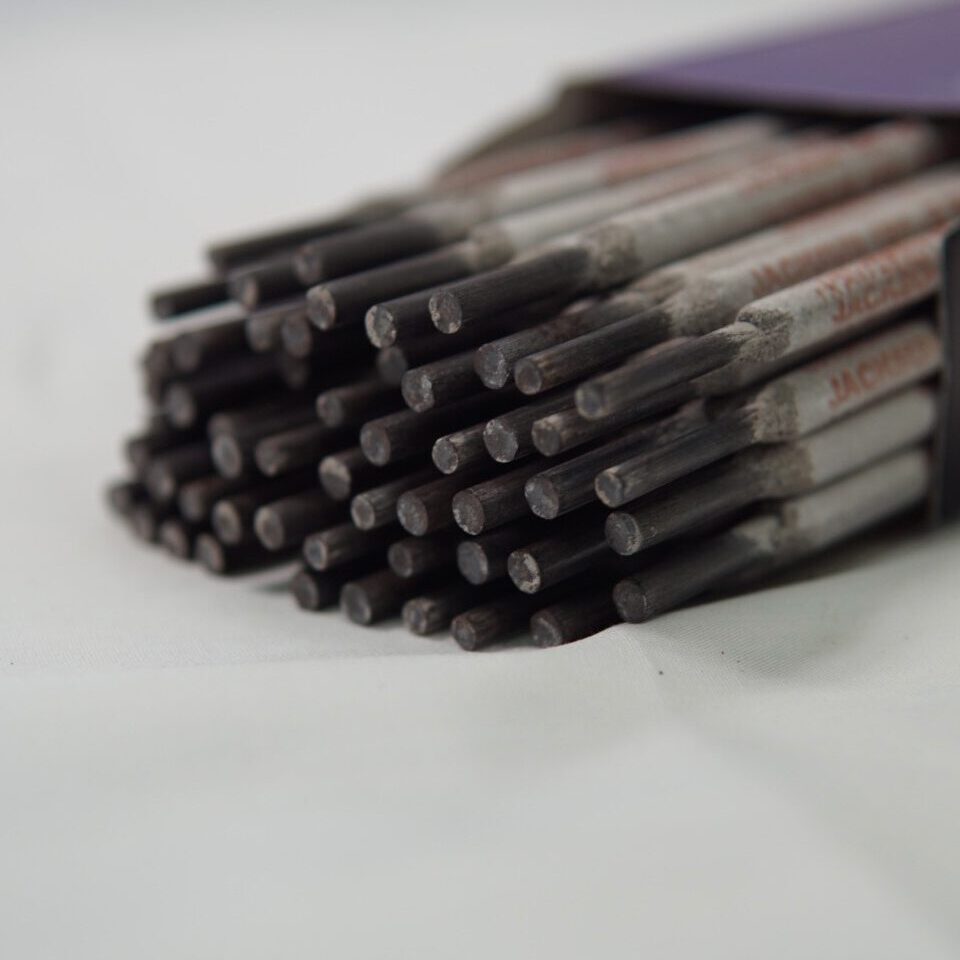In this article, we will discuss common welding electrode mistakes and how to avoid them, including using the wrong type of electrode, improper storage and handling, failure to clean and prepare the welding surface, improper setting of the welding machine’s output, and inconsistency in arc length.
Following these tips ensures that your welding electrodes are used effectively and efficiently, resulting in strong, high-quality welds.
Common Welding Electrode Mistakes & Solution
| Mistake | How to Avoid |
|---|---|
| Using the wrong type of electrode | Select the appropriate type for the materials and welding process |
| Poor storage and handling of electrodes | Store electrodes in a dry, airtight container and handle carefully |
| Failure to clean and prepare the welding surface | Remove contaminants and properly align the materials to be welded |
| Improperly setting the welding machine’s output | Set the output to the appropriate level for the specific materials and welding process |
| Inconsistent arc length | Maintain a consistent arc length to ensure a smooth, even weld |

1) Types of Electrodes and Their Uses
Welding electrodes are essential for welding, as they conduct the electric current that produces the heat needed to melt and join metal.
However, using the wrong electrode type for the welding process and materials can result in poor weld quality and even equipment damage.
Several welding electrodes are available, each with unique characteristics and uses.
For example, mild steel electrodes are suitable for welding low-carbon steel, while stainless steel electrodes are better suited for welding stainless steel and other non-ferrous metals.
2) Proper Storage and Handling of Electrodes
Proper storage and handling of welding electrodes are crucial to ensure their effectiveness and longevity. Electrodes should be stored in a dry, airtight container to prevent moisture from damaging the coating.
They should also be handled carefully to avoid damage to the layer, which can affect their performance.

3) Cleaning and Preparing the Welding Surface
Before welding, it’s essential to properly clean and prepare the welding surface to ensure a robust and secure weld.
This involves removing any rust, paint, or other contaminants from the surface and adequately aligning the materials to be welded.
Please clean and prepare the welding surface to ensure a solid or porous weld.
4) Setting the Welding Machine’s Output
Correctly setting the output of the welding machine is essential for achieving excellent weld quality and penetration. The weld may be weak and lack penetration if the work is too low.
On the other hand, setting the output too high can cause the electrode to burn up quickly and result in a messy, distorted weld.
Discover the 5 Most Common Welding Electrode Mistakes and How to Avoid Them Now! Get the Expert Advice You Need to Ensure Quality Welds and Maximize Your Profits.

5) Maintaining a Consistent Arc Length
Maintaining a consistent arc length during welding is essential for achieving a smooth, even weld. If the arc length is too long, the weld may be weak and lack penetration.
On the other hand, if the arc length is too short, the electrode can stick to the workpiece, causing damage to the equipment and the weld.
